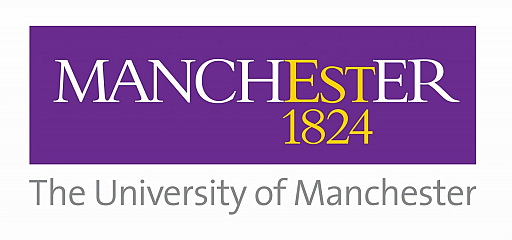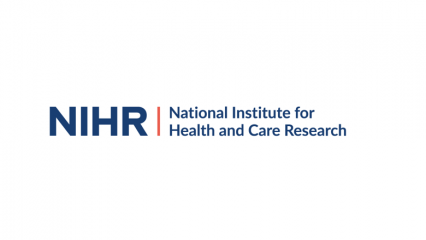NIHR Manchester Musculoskeletal Biomedical Research Unit: A year in review 2015/16
The NIHR Manchester Musculoskeletal Biomedical Research Unit has had another successful year continuing to address its overarching theme of treating arthritis; right first time.

Since launching in 2012, the BRU has hit a number of key milestones and below we highlight the progress we have made within 2015/16.
Publications
This year the BRU has produced 68 publications. Of note our genetic work predicting treatment response in rheumatoid arthritis (RA) (Association of HLA-DRB1 haplotypes with RA severity, mortality and treatment response) was published in the Journal of the American Medical Association (JAMA).
The paper went on to attract a JAMA editorial; The genetics of RA – New insights and implications, which highlights how the paper presented new insight about genetic factors that are significantly associated with disease severity and increased risk of mortality in people with RA.
Recruitment
We have recruited 4952 patients to BRU studies, with our research teams always looking at new ways to recruit and engage patients with research. Study teams conducting research in osteoarthritis (OA) have developed a new recruitment strategy, which involves regular letters to previous participants asking if they are interested in future studies. This has resulted in nearly 400 patients expressing an interest in findings out more about OA studies.
Grant income
BRU researchers have brought in £8.2million in grant income over 2015/16. Major awards this year include the Clinical Proteomics Centre for Stratified Medicine, MRI-PET Imaging Platform and Manchester Molecular Pathology Node.
Effective translation
New diagnostics – Researchers have developed an assay to detect whether methotrexate has been taken at the dose prescribed within the previous six days, with patent currently being explored. This could help address adherence issues and evaluation of medicine effectiveness.
We have also established MRI synovitis is responsive to anti-inflammatory therapy and that change in synovitis is associated with pain, suggesting that it may be a useful outcome measure for trials targeting anti-inflammatory therapies.
Dissemination of our findings – The paper smoking related mortality in rheumatoid arthritis, published in Arthritis Care and Research highlighted new evidence to suggest that, not only is smoking associated with earlier deaths in those with rheumatoid arthritis, but also those who stop smoking dramatically reduce their risk of earlier death. The findings were featured heavily in international news, arthritis and general health websites such as WebMD and through the Action on Smoking and Health network.
Forming National Guidelines – We have contributed to new guidelines on paediatric pain assessment for Paediatric Pain Matters, an interactive information resource developed by academic, clinical and industry partnership to improve outcomes in paediatric musculoskeletal health.
We have also contributed to the British Society for Rheumatology Guidelines for the management of SLE. As well as new producing and disseminating regional pathways for assessment and management of SLE and related CTDs in pregnancy based on work of the BRU.
PPI/E
Public involvement and engagement has been successfully embedded throughout the BRU. Activities of note include Platform for Investigation at the Manchester Museum of Science and Industry which saw 30 members of staff contribute to the event which was attended by around 1000 visitors of varying ages to explore the world or joints and genes through demonstrations and workshops.
Training
The BRU’s training programme currently supports 32 trainees and hosts regular events such as CV clinics, training sessions, weekly seminars and invitations to national workshops.
In line with our vision of training the clinical academics of tomorrow, The University of Manchester successfully appointed six new musculoskeletal clinical lectureships, in direct competition with other specialties, of which five out of six received funding from the BRU.
- James Bluett
- Madhura Castelino
- Jennifer Humphreys
- Meghna Jani
- John Reynolds
- Sarah Skeoch
Industry
The BRU has developed strong links with industry partners. We continue to work with Gelexir Healthcare, a spin out based on BRU research on intervertebral disc degeneration (IVD) and back pain, with Gelexir currently planning their first in man study of a new gel to restore function of the nucleus pulposus within the IVD.
Academics and industry research consortiums Maximising Therapeutic Utility for Rheumatoid Arthritis (MATURA) and Maximising SLE Therapeutic Potential by Application of Novel and Stratified Approaches (MASTERPLANS) are both progressing well.
MATURA is working to identify and test biomarkers predictive of response to biologic therapy in patients with RA.
MASTERPLANS is working to explore how different groups of patients within the lupus community respond to specific drugs.



